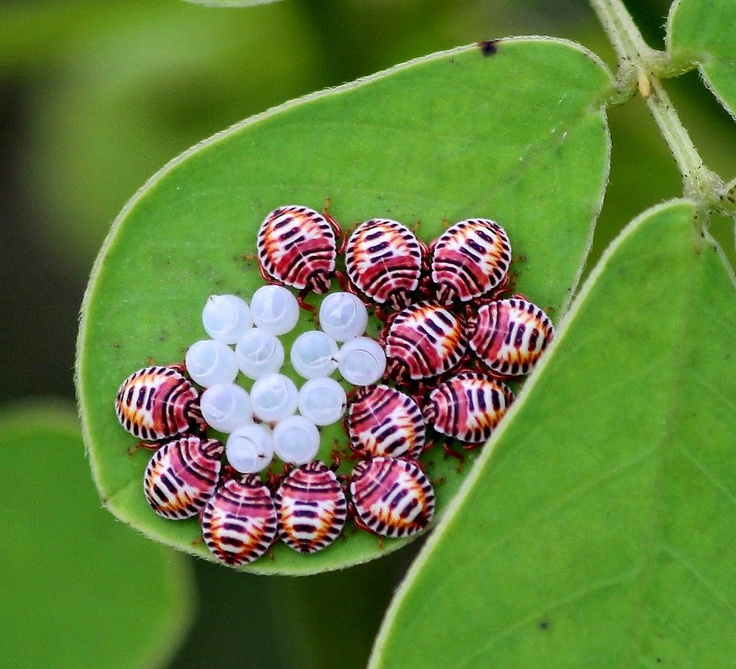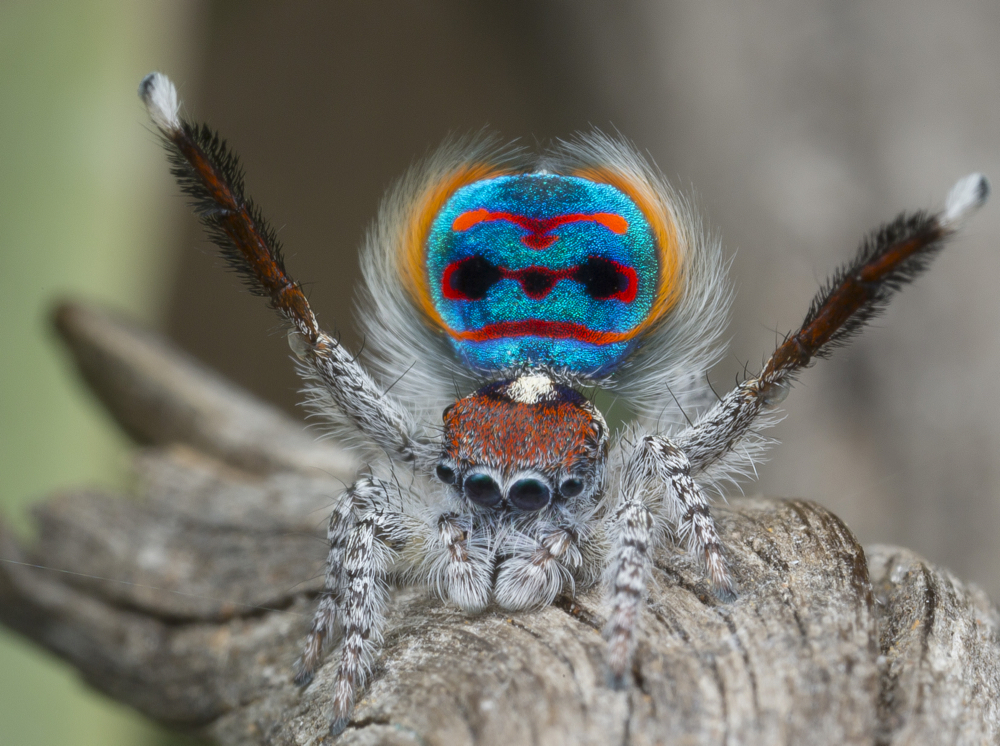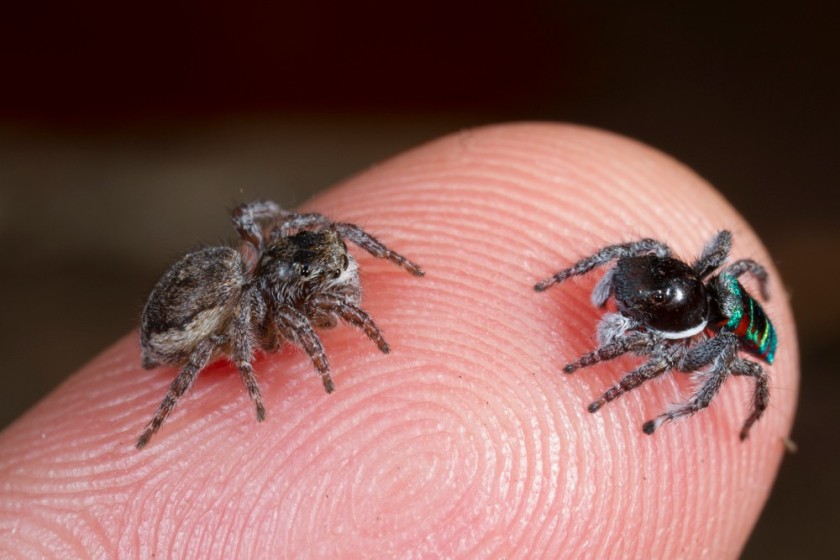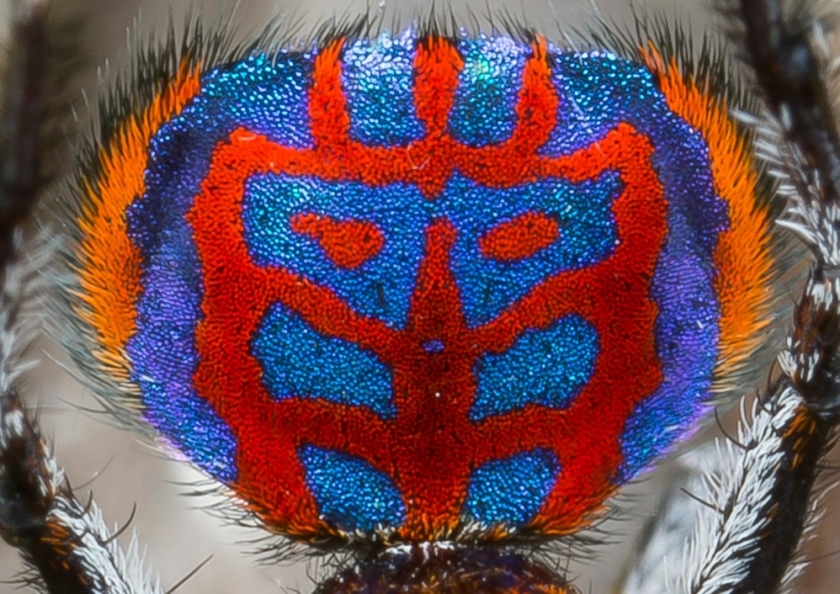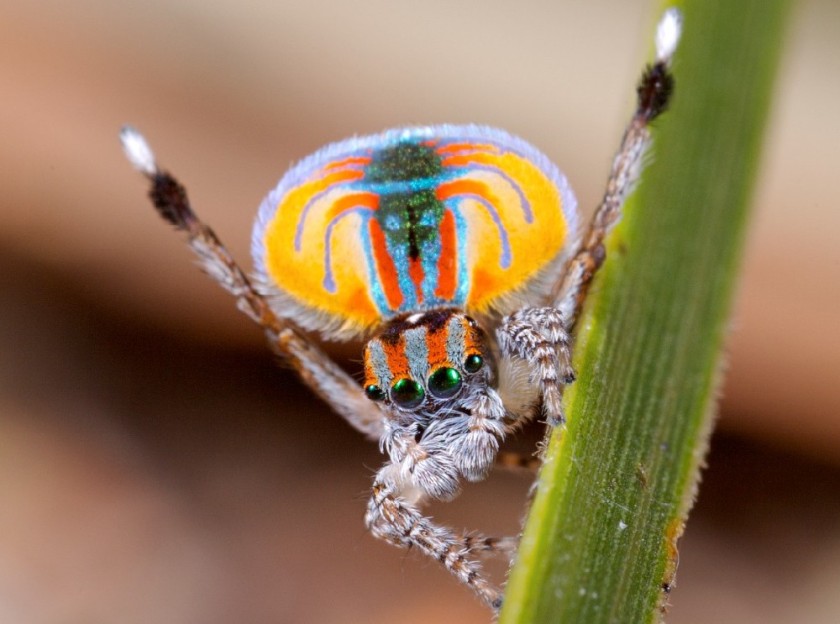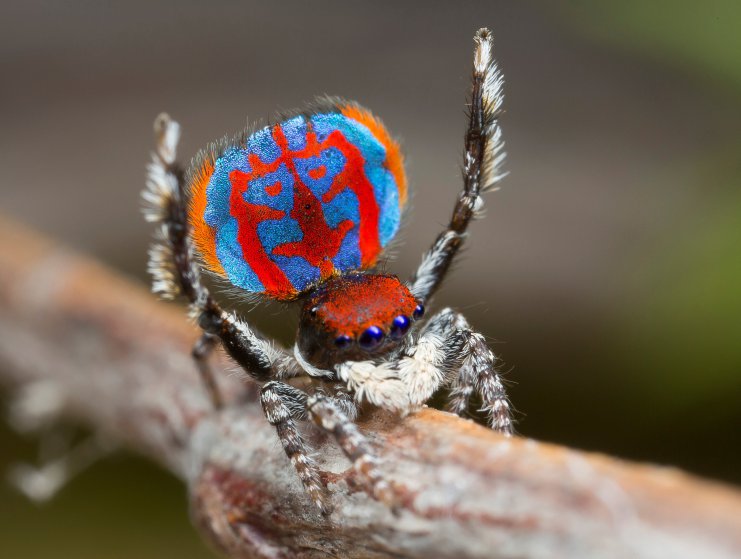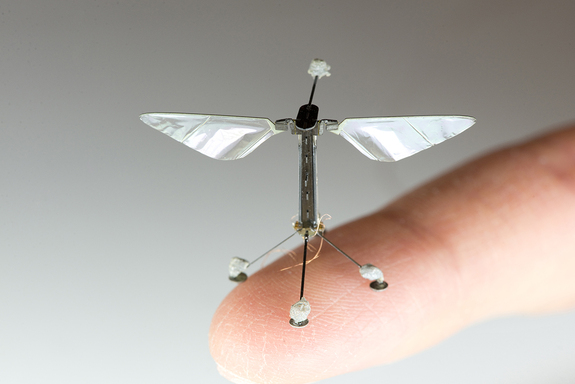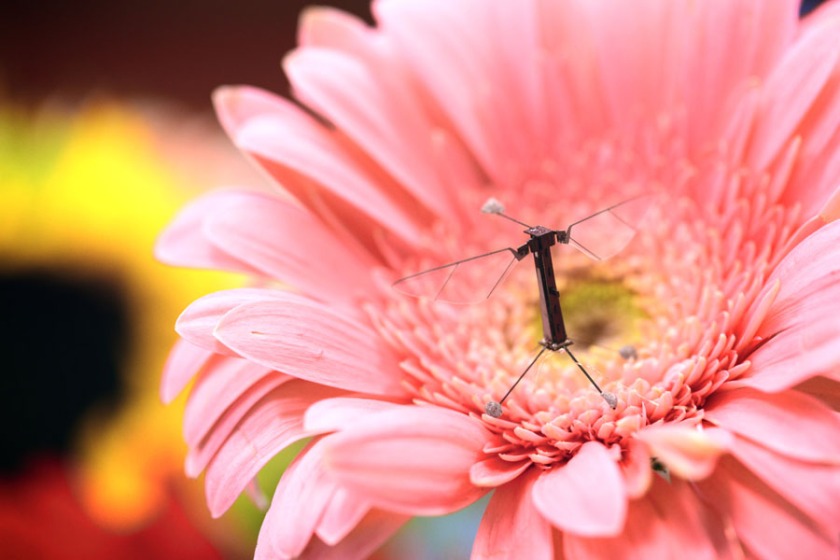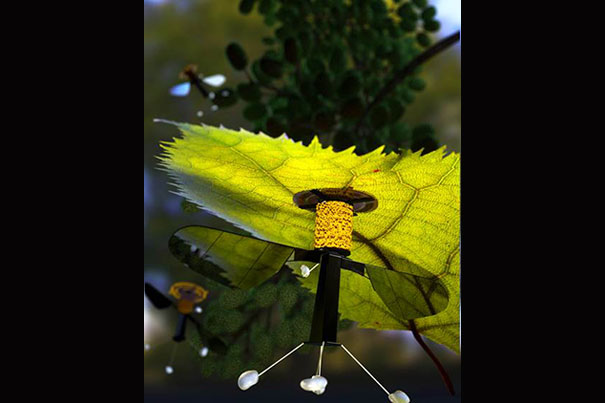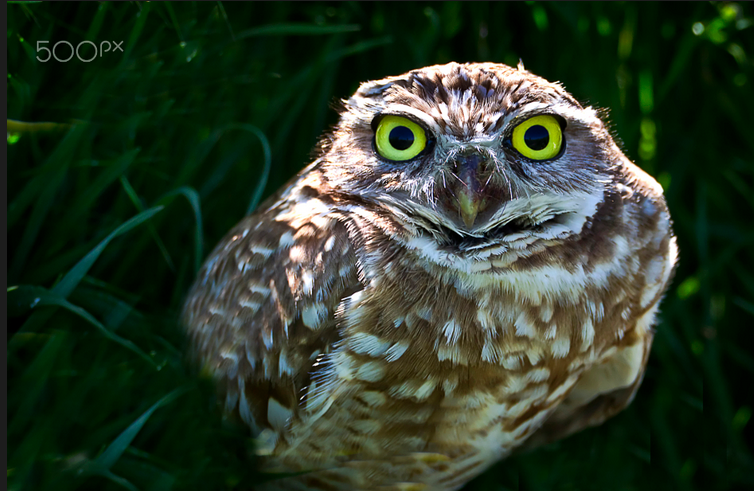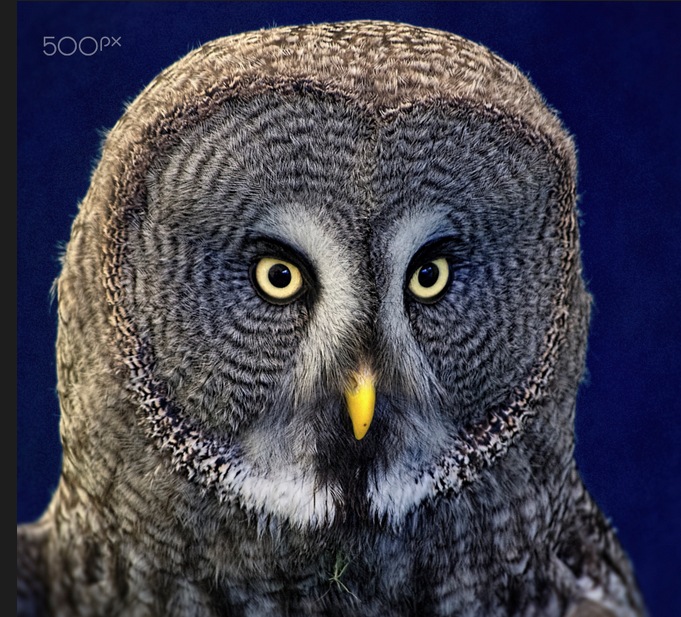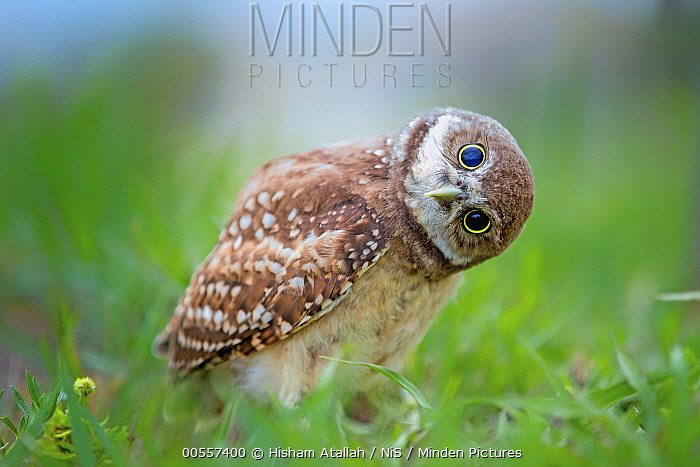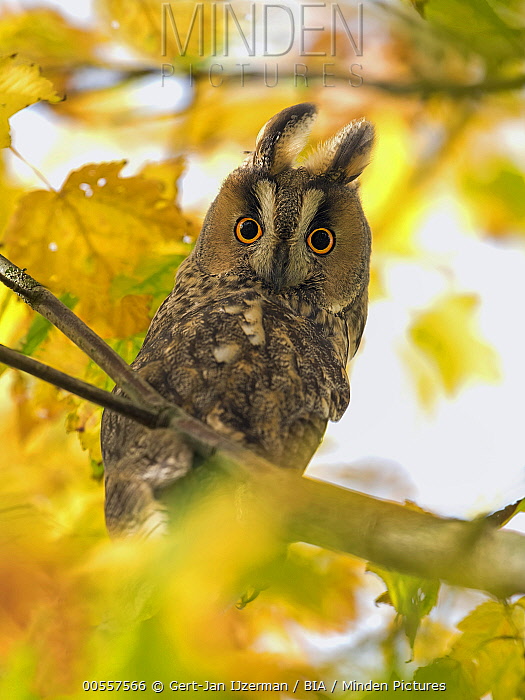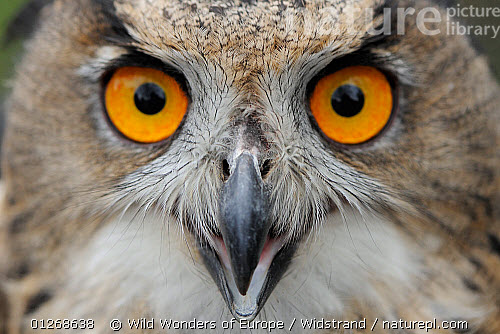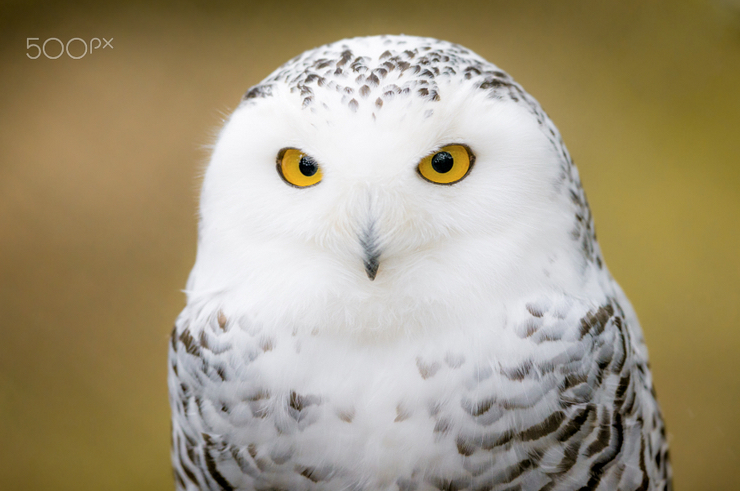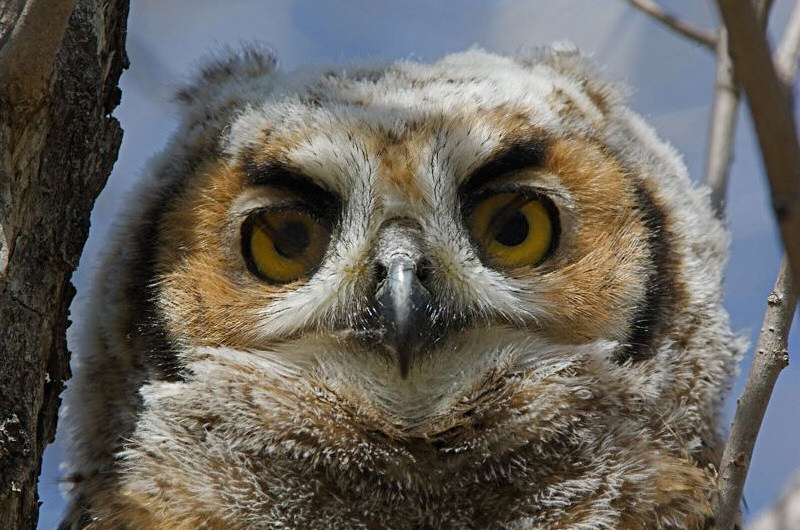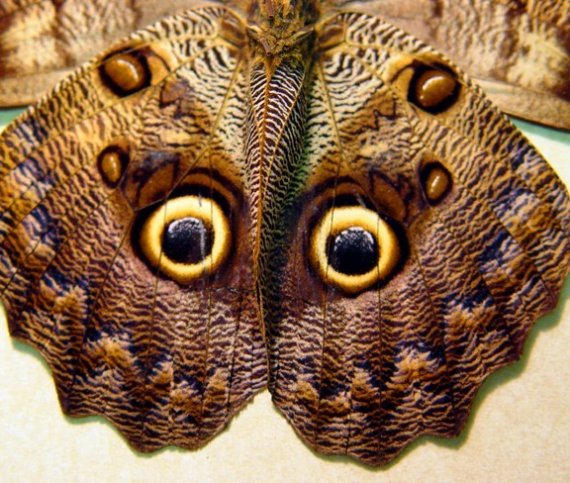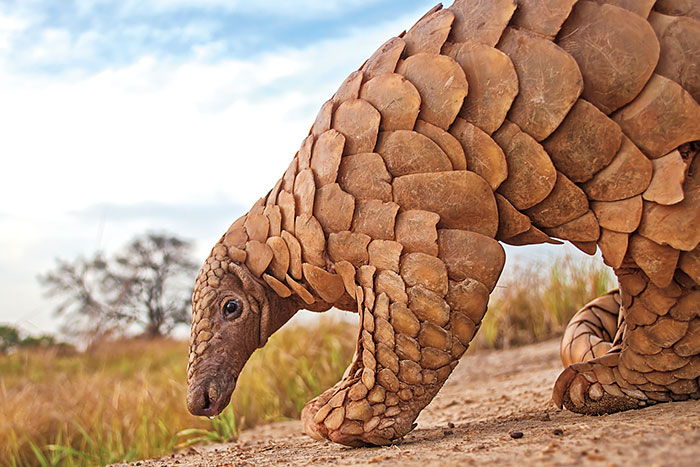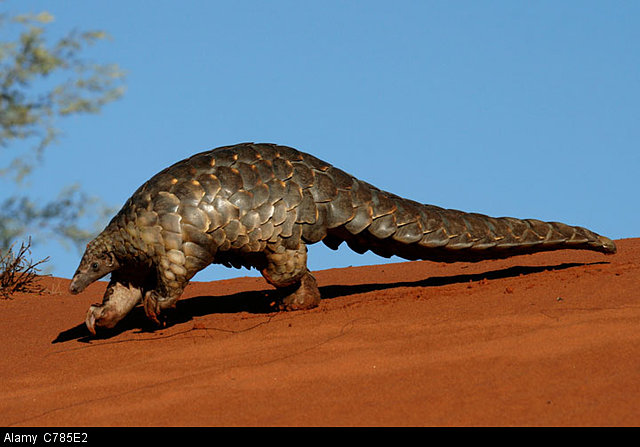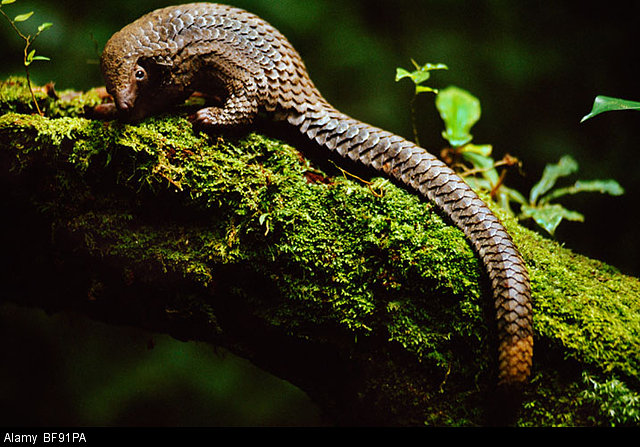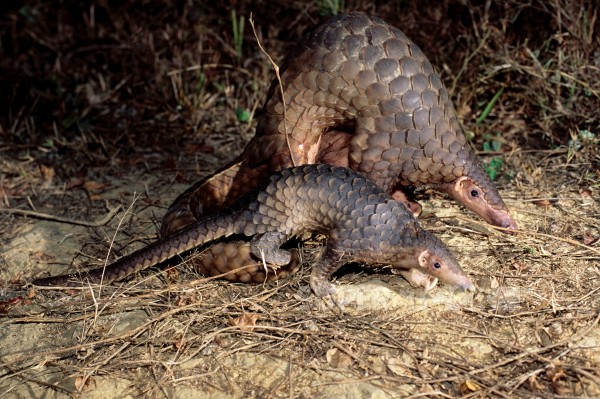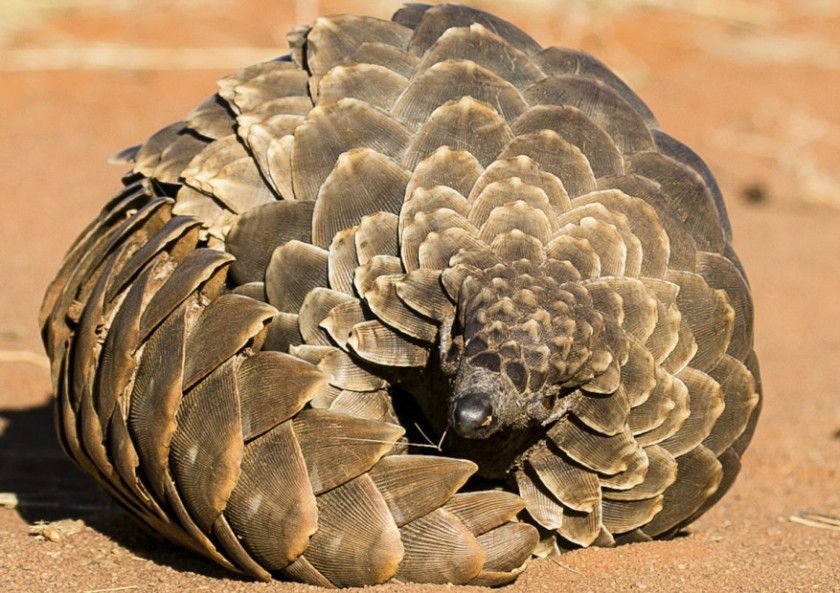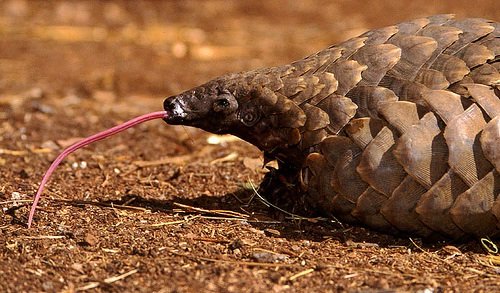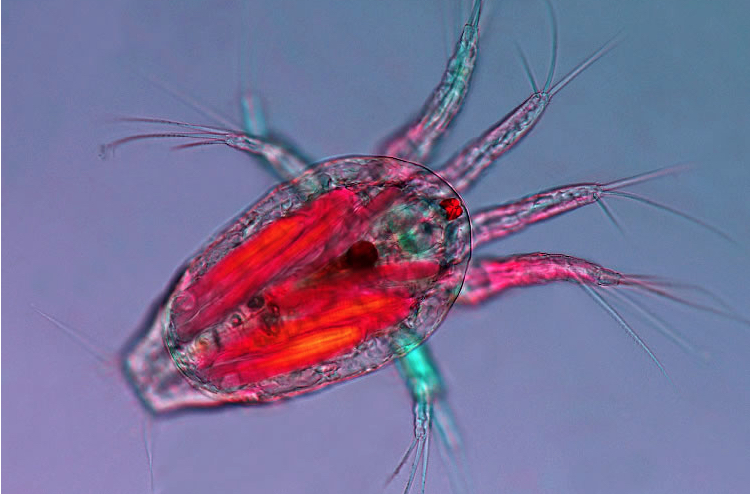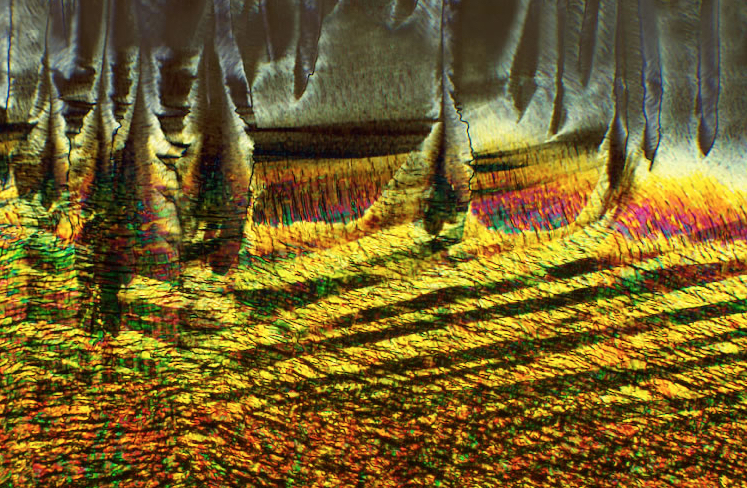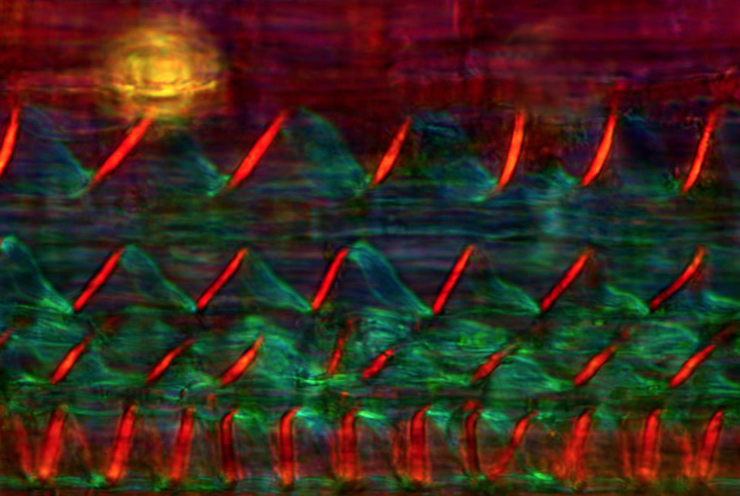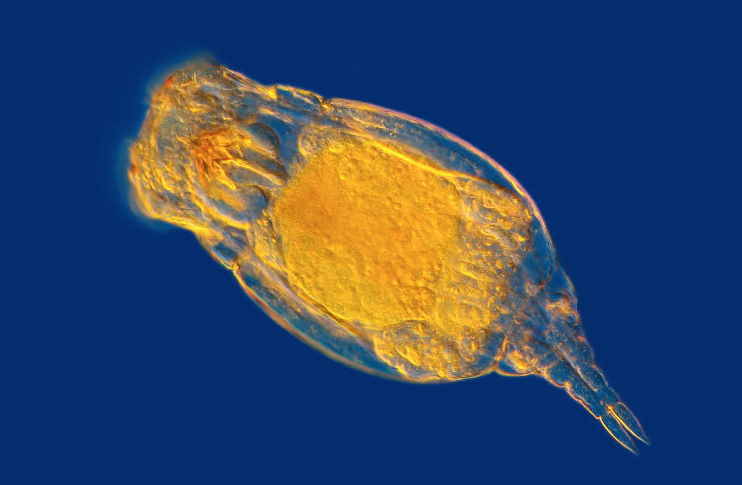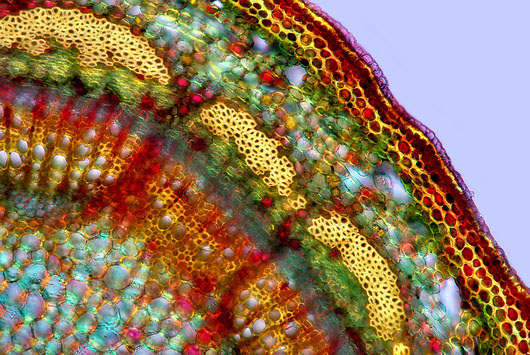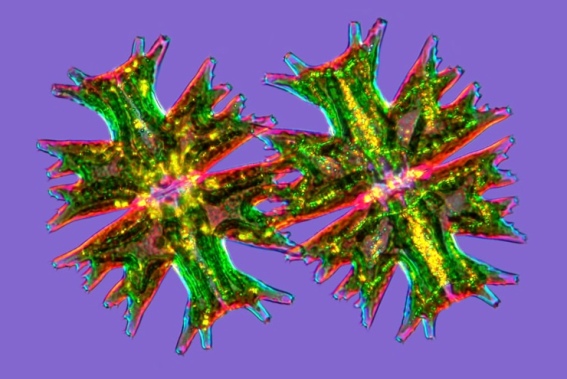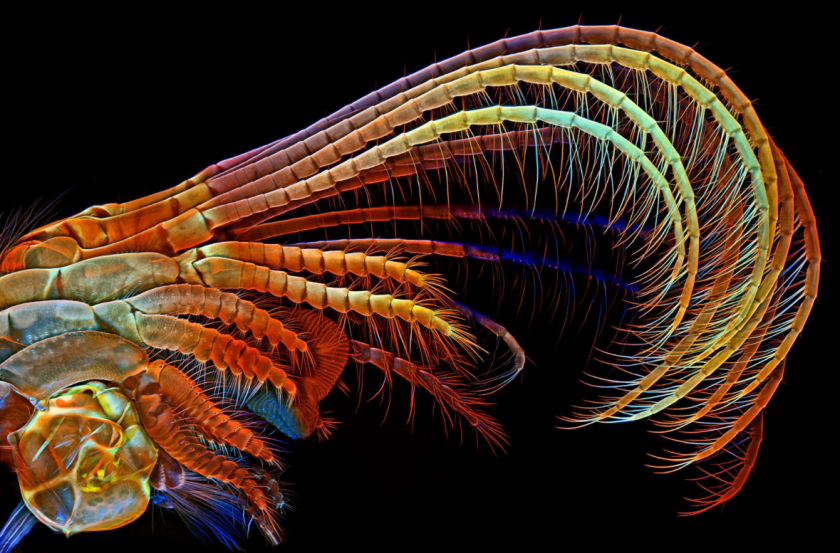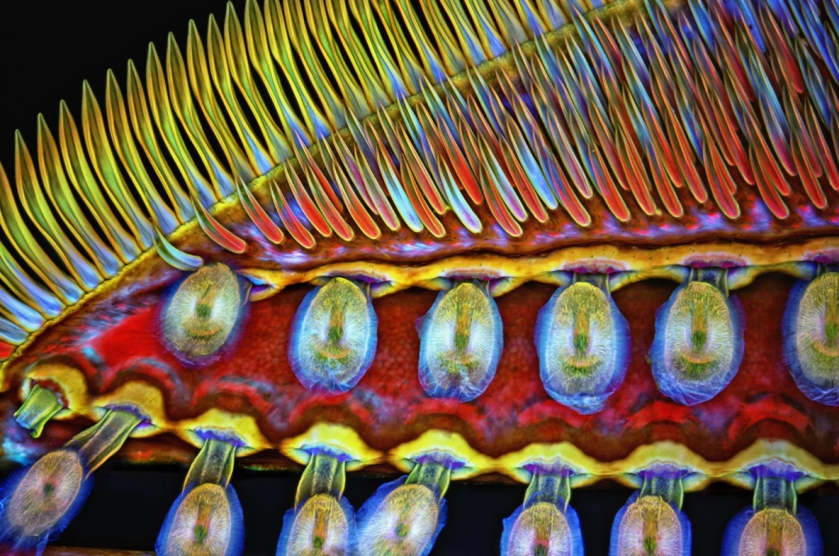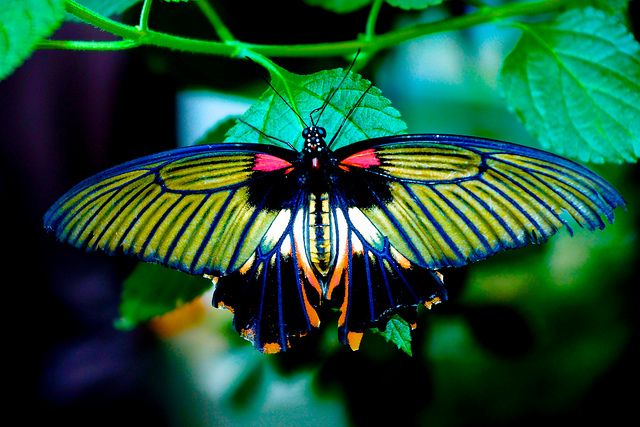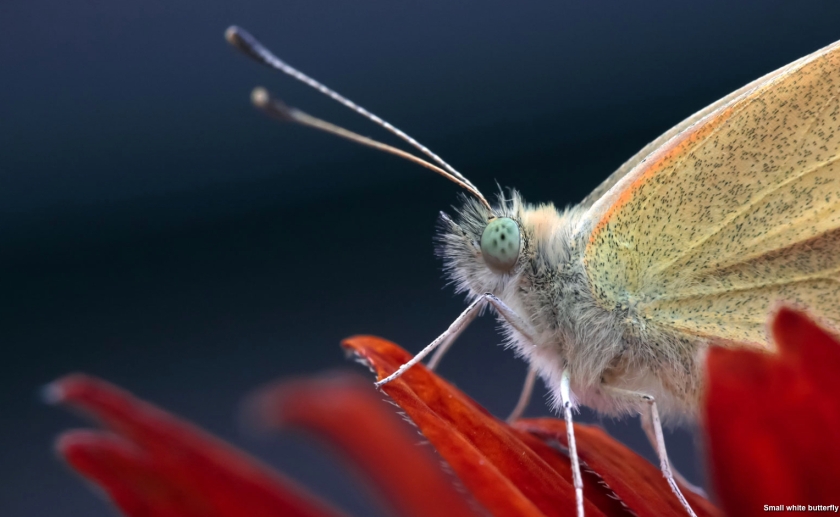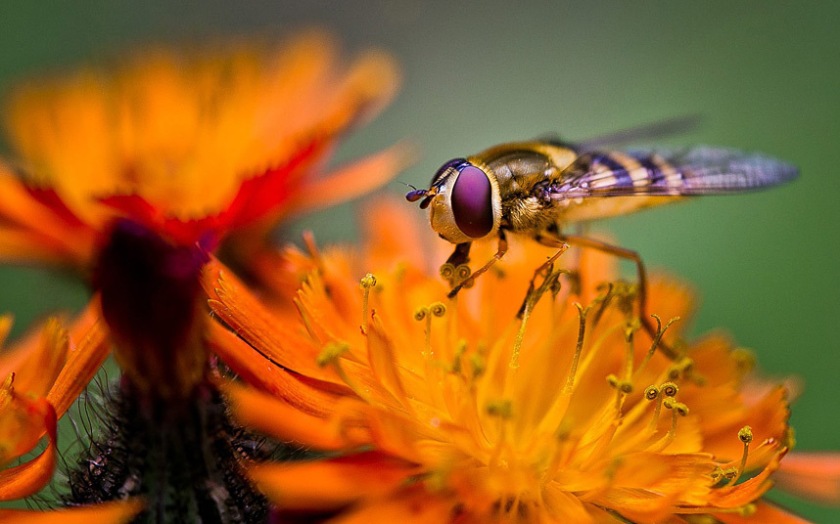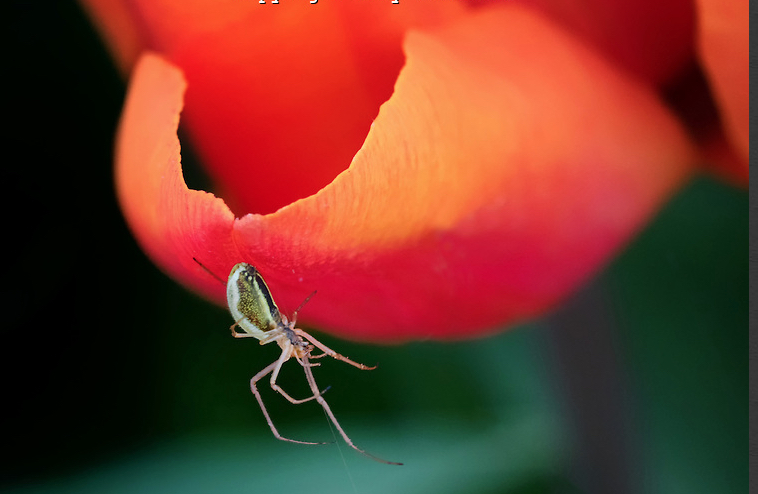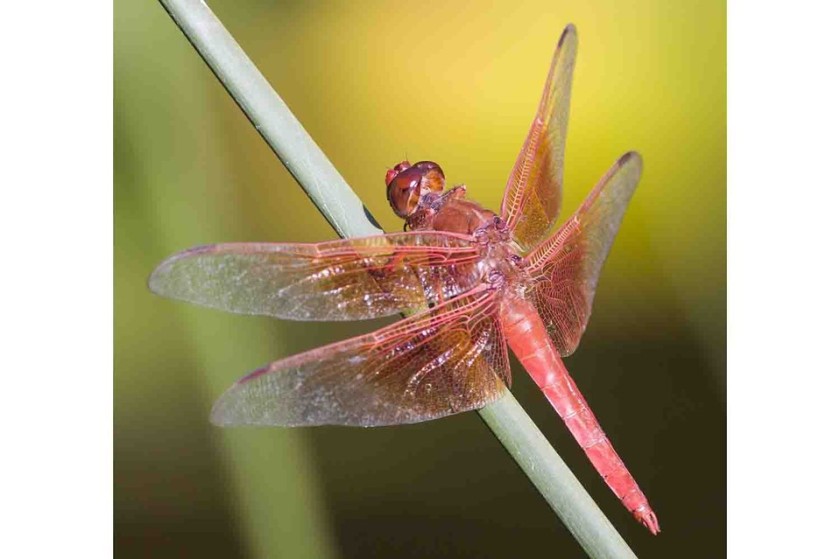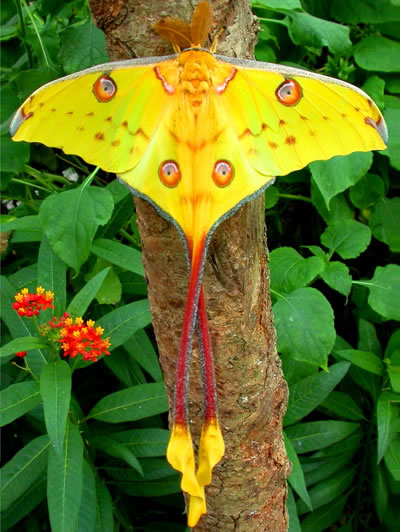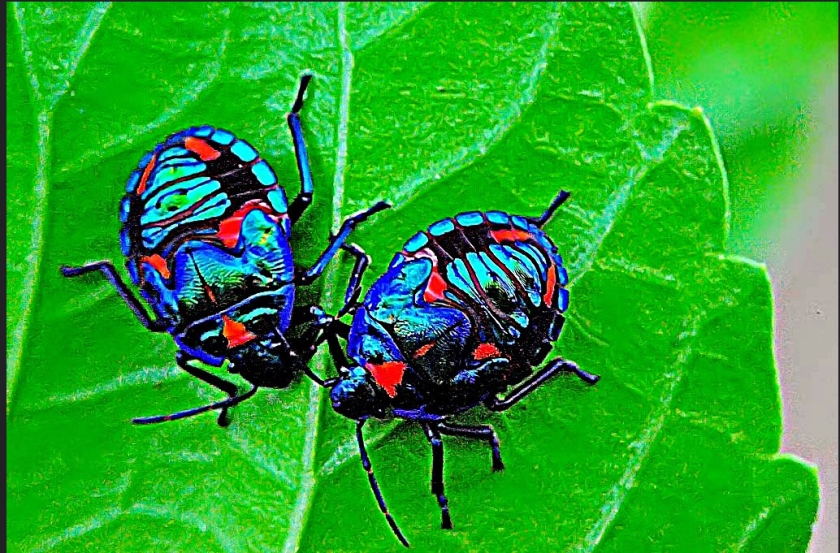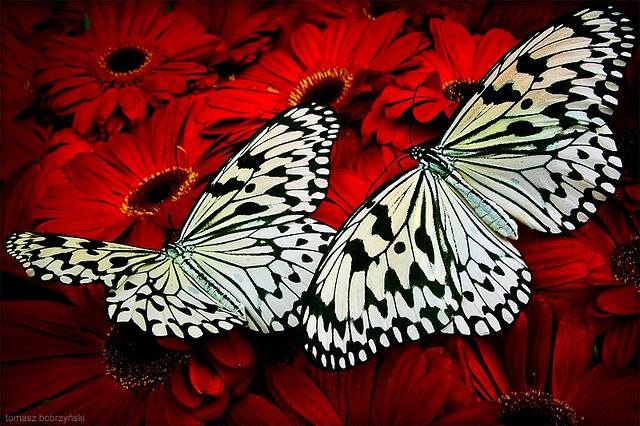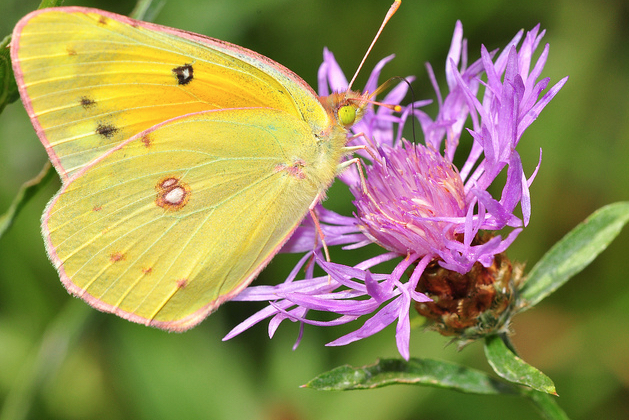There is a lot of research going into tiny drones, but the latest research involves Living Iot.
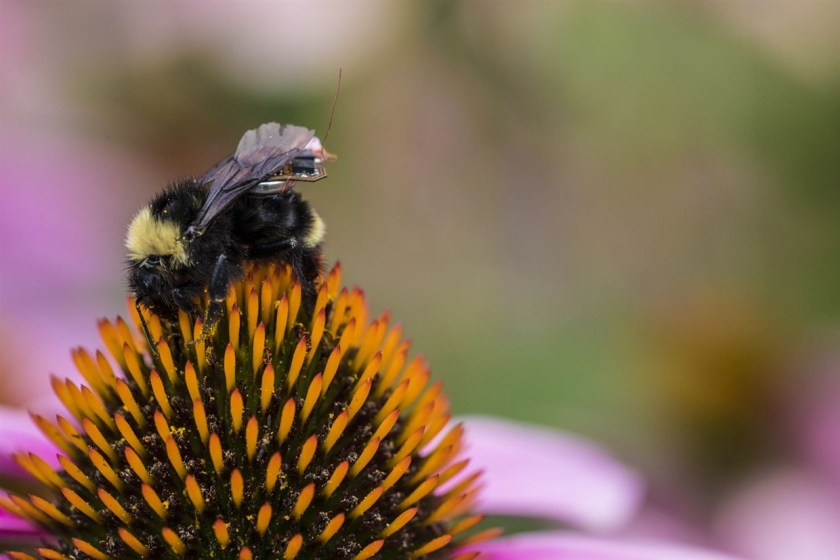
Researchers at the University of Washington School of Computer Science & Engineering have found a new way to collect data using bumblebees. The team has designed a backpack, complete with wireless communication and location tracking, to collect data on temperature, humidity and crop health.
A drone can only operate for about 20 minutes before needing to charge again. The integrated battery in the bee’s backpack lets it run for seven hours straight, yet weighs just 102 milligrams. A full-grown bumblebee, for comparison, could weight anywhere from two to six times that. They are strong fliers that can carry three-quarters of their body weight in pollen and nectar. And because they return to a hive each night, data from their sensors can be uploaded and their tiny batteries can be recharged.

To track the bees, the researchers set up multiple antennas that broadcast signals from a base station. A receiver in the bee’s backpack uses the strength of the signal and the angle difference between the bee and the base station to triangulate the insect’s position.
With a drone, you’re just flying around randomly, while a bee is going to be drawn to specific things, like the plants it prefers to pollinate.
Bees are essential pollinators for the crops we depend on. Without them one-third of our foods would disappear. So on top of learning about the environment, the research team is hoping the sensor they have developed can give us a better understanding of bee behavior and help keep them from becoming extinct.


